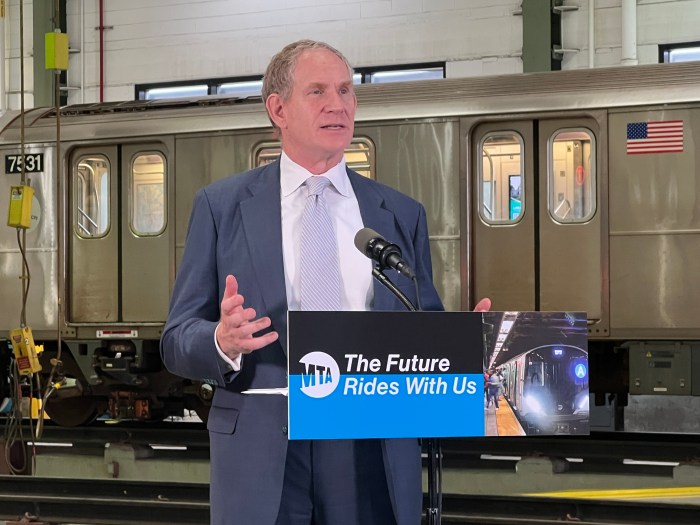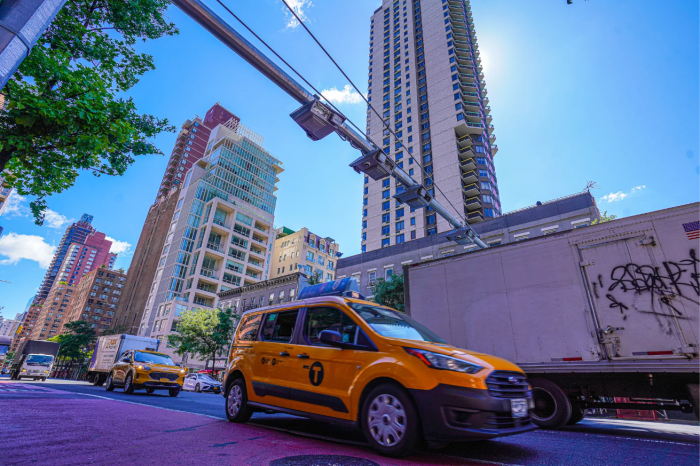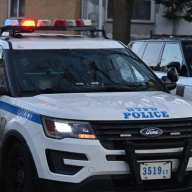
The train that crashed into a bumping block at Brooklyn’s Atlantic Terminal on Wednesday was speeding at the time, the National Transportation Safety Board said Thursday.
NTSB investigator Ted Turpin said the train was traveling above 10 miles per hour when it struck the bumping block, causing it to derail about 8:20 a.m., injuring more than 100 people. The speed limit for that area of track is 5 miles per hour, per the NTSB.
The train’s engineer, who remains unidentified, told the NTSB he doesn’t remember the crash, which occurred on his first day back after three days off from work, an agency spokesman said.
“The engineer was unable to recall striking the end of the track. He does recall entering into the station and controlling the speed of the train. And the next thing he realized was after the collision,” Turpin said during a briefing at a Brooklyn hotel.
The 50-year-old engineer also claimed he was not on his cellphone at the time, Turpin said, but added that the NTSB needs to verify that claim. The agency has subpoenaed the engineer’s phone records.
The results of a drug test are pending, according to Turpin.
As the investigation continues, the NTSB has begun to look at data collected from the train’s event recorders or “black boxes.” The event recorder in the first car was compromised due to the impact of the crash, but the agency managed to abstract data from recorders in other cars.
Positive Train Control was not installed at the station, but current regulations do not require PTC in such areas, Turpin said.
NTSB investigator Jim Southworth said on Wednesday that he expects the agency to remain on the scene for three to seven days. The investigation will center on track conditions, train operations, mechanics, signal systems, human performance — including the 72-hour history of the operator — and event recorders, he said.
“Accidents seem to happen in an instant but they take some time to unravel,” Southworth said. “Our mission is to understand not just what happened, but why it happened.”
The Far Rockaway train was carrying about 430 passengers when it crashed through the final bumper on Track 6 at the busy transit hub, causing two of the six train cars to derail, the FDNY and the MTA said.
The train hit the wall of a waiting area, and a rail pierced the train, according to FDNY assistant chief Daniel F. Donaghue.
Those injured in the crash were taken to Brooklyn Hospital Center, New York Methodist Hospital and Kings County Hospital Center. None of the injuries were life-threatening, the FDNY said.
With Newsday

































